Many animals have evolved incredible night vision to thrive in low-light conditions. Here’s a detailed list of the top ten animals with the best night vision, starting from the most powerful.
Vision Capabilities:
Owls are known for their extraordinary night vision, which allows them to hunt with precision in near-total darkness. Their large, forward-facing eyes contain many rod cells, which are highly sensitive to light. The rod-to-cone ratio is heavily tilted in favor of rods, allowing them to see in low light. Owls also have a specialized layer behind the retina called the tapetum lucidum, which reflects light and enhances their ability to see in darkness. Owls can rotate their heads up to 270 degrees, compensating for their immobile eyes to scan for prey.
Interesting Fact:
Owls can see in light that is five times dimmer than what the human eye can perceive.
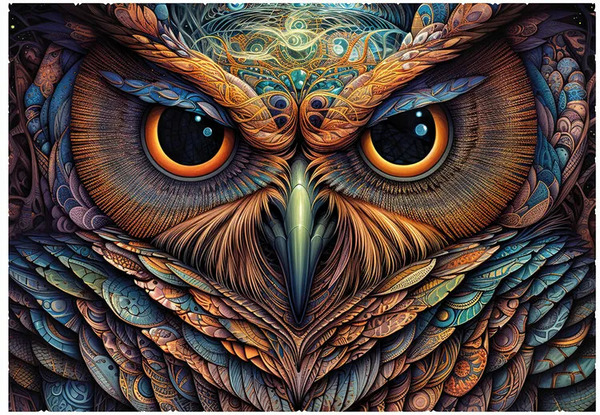
Vision Capabilities:
Domestic cats, as well as their wild relatives like lions and tigers, have evolved to be nocturnal hunters. Cats' eyes contain a high number of rod cells, which allow them to detect movement and light in dark environments. They also possess a tapetum lucidum, which reflects light that passes through the retina, giving their eyes that glowing effect in darkness. Cats can see in one-sixth of the light humans need to see, making them excellent nighttime hunters.
Interesting Fact:
Cats are near-sighted and see more clearly at short distances, which helps them focus on nearby prey during night hunts.
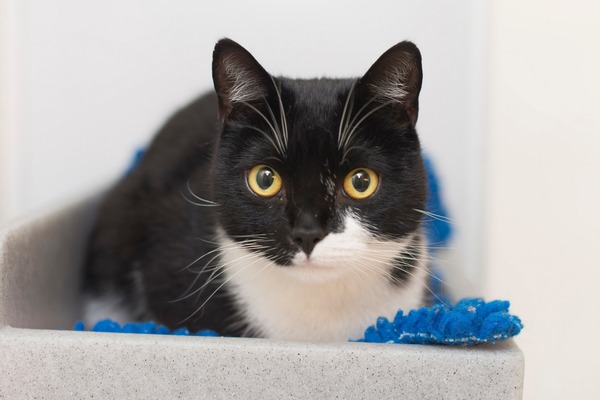
Vision Capabilities:
Tarsiers have the largest eyes relative to body size of any mammal, and each eye is about the same size as its brain. Their eyes are packed with rod cells to optimize their ability to see in low-light conditions. Tarsiers also lack a tapetum lucidum, relying instead on their extremely large eyes and pupil dilation to gather as much light as possible. These nocturnal primates are able to leap from branch to branch with incredible accuracy at night, hunting insects and small animals.
Interesting Fact:
Tarsiers’ eyes cannot move within their sockets, but they compensate for this by being able to rotate their heads 180 degrees like owls.
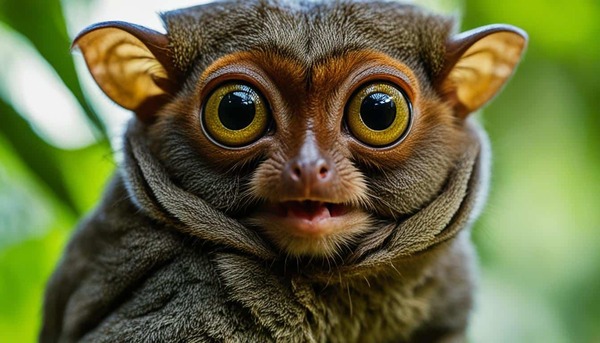
Vision Capabilities:
Foxes, especially species like the red fox, have remarkable night vision due to their ability to detect even the faintest of light. Their large pupils and an abundance of rod cells allow them to see movement in low light. The tapetum lucidum in their eyes reflects light, increasing their night vision capability. Foxes rely on this superior vision during their nocturnal hunts for small animals, birds, and insects.
Interesting Fact:
Foxes can also use their excellent hearing to detect prey moving under snow or foliage at night.
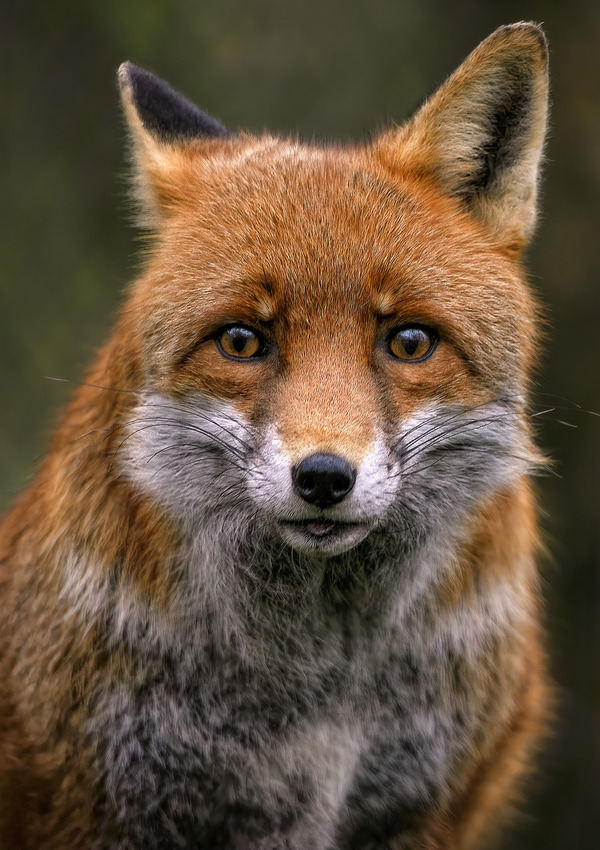
Vision Capabilities:
Frogs are nocturnal hunters that rely on their superior vision to catch insects and other small prey at night. Their large eyes, positioned on the sides of their heads, provide them with nearly a 360-degree field of view. Frogs' eyes are highly sensitive to movement and can detect changes in light intensity very effectively. Some species of frogs have color vision at night, allowing them to distinguish hues in very dim light.
Interesting Fact:
Frogs’ ability to see color at night is rare among animals, making them unique in this regard.
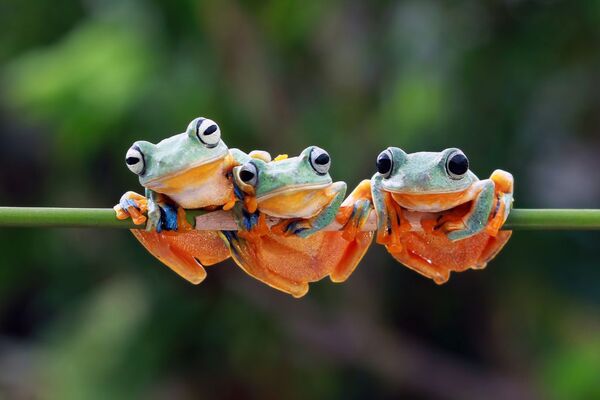
Vision Capabilities:
Geckos are nocturnal reptiles that possess some of the most advanced night vision of any vertebrate. Their eyes are specially adapted to low-light conditions, with lenses that focus light better than those of most animals. Some gecko species can see color in light conditions as much as 350 times dimmer than humans can. This night vision helps them locate insects and other prey in the dark.
Interesting Fact:
Geckos have vertical slit pupils, which expand in darkness to let in as much light as possible, further enhancing their night vision.
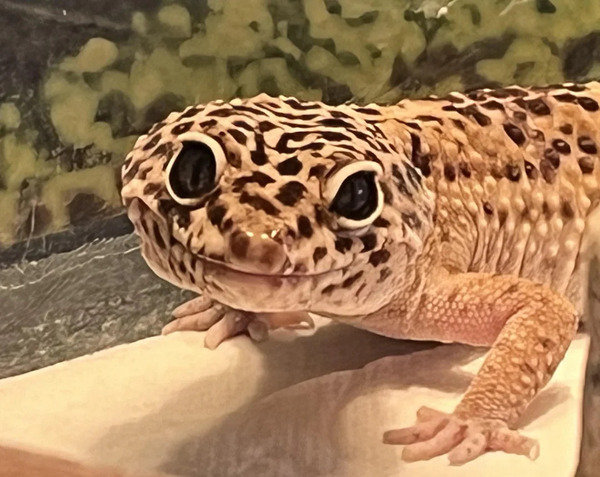
Vision Capabilities:
Moths have incredible night vision, allowing them to navigate and find food in the darkest conditions. Their compound eyes are made up of thousands of tiny lenses, which are very sensitive to light. Moths can detect ultraviolet light, which is invisible to humans but often reflected by flowers, helping them locate nectar even at night. Their ability to see in near-complete darkness helps them avoid predators like bats.
Interesting Fact:
Moths are also able to use light polarization, giving them another layer of visual ability at night.
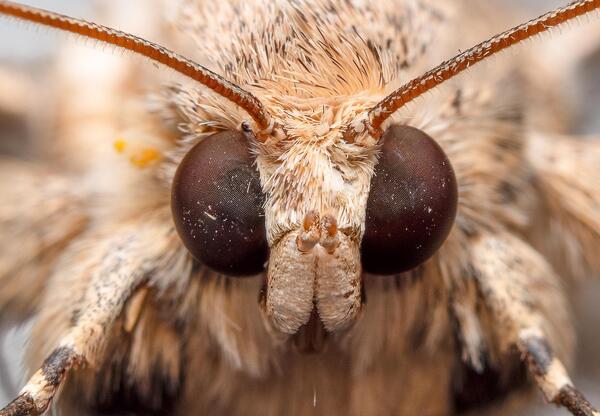
Vision Capabilities:
Although bats are often thought to be blind, they actually have decent night vision, complemented by echolocation. Fruit bats, in particular, rely on their vision to find food in the dark. Their eyes have a high concentration of rod cells, which allow them to see in low light. Some species of bats can even see ultraviolet light. However, most microbats use echolocation as their primary method of navigation and hunting at night.
Interesting Fact:
Despite their echolocation skills, bats have better night vision than most people realize, especially in detecting large objects or obstacles.
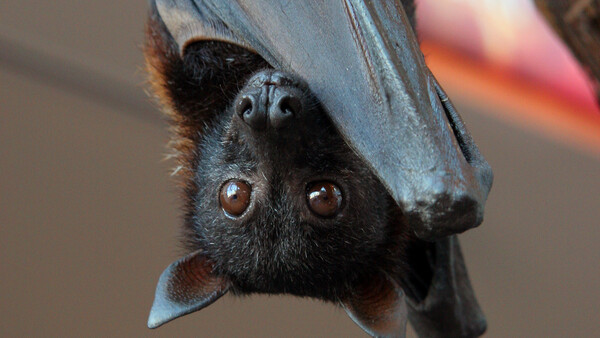
Vision Capabilities:
Elephants have surprisingly good night vision, which is essential given their crepuscular and nocturnal activity. Their eyes contain more rod cells than cone cells, giving them better vision in low-light conditions. While not as specialized as animals that hunt at night, Elephants-Are-Endangered.html">elephants can navigate and find food during twilight and nighttime. They also use their sense of smell and hearing to complement their visual abilities.
Interesting Fact:
Elephants are more active at night in some environments to avoid the heat of the day, making their night vision an important adaptation.
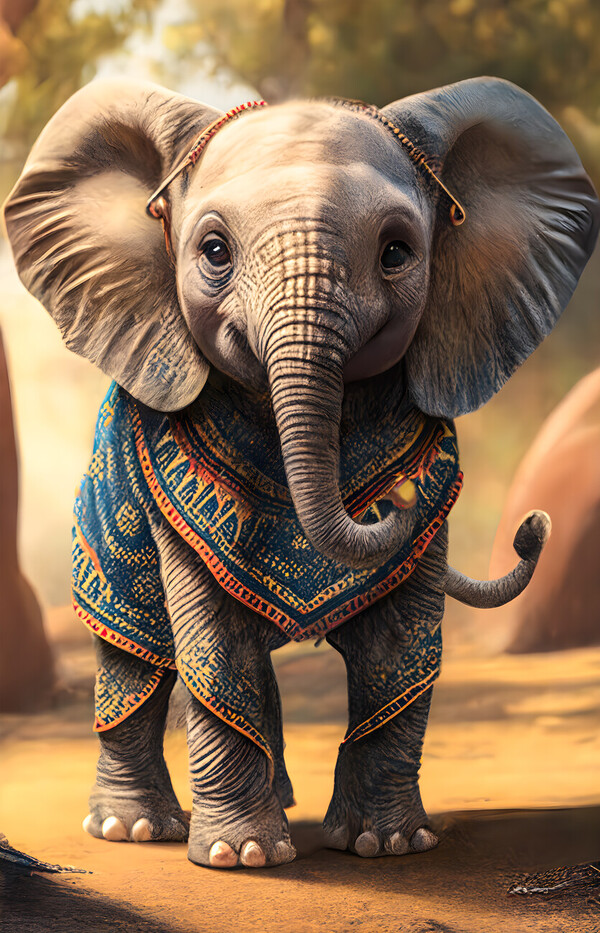
Vision Capabilities:
Hyenas are scavengers and hunters, often active during the night. They have large pupils and retinas rich in rod cells, which help them see in dim light. Their tapetum lucidum further enhances their ability to reflect and make use of minimal light. Hyenas’ sharp night vision helps them locate prey or scavenge for carcasses left by other predators.
Interesting Fact:
Hyenas’ night vision is so acute that they can spot and track animals from long distances in almost total darkness.
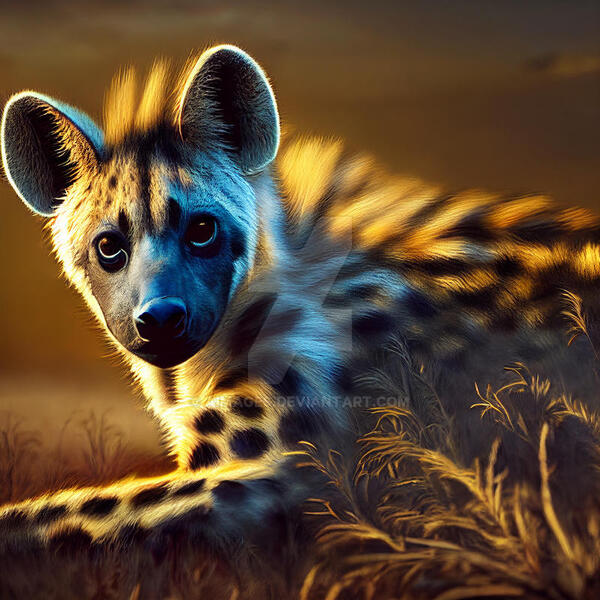
These ten animals have evolved incredible adaptations for seeing in low-light conditions, whether for hunting, navigation, or avoiding predators. From the owl's remarkable visual precision to the hyena's scavenging abilities, each species demonstrates how critical night vision can be for survival in the animal kingdom.
animal tags: Night-Vision
We created this article in conjunction with AI technology, then made sure it was fact-checked and edited by a Animals Top editor.